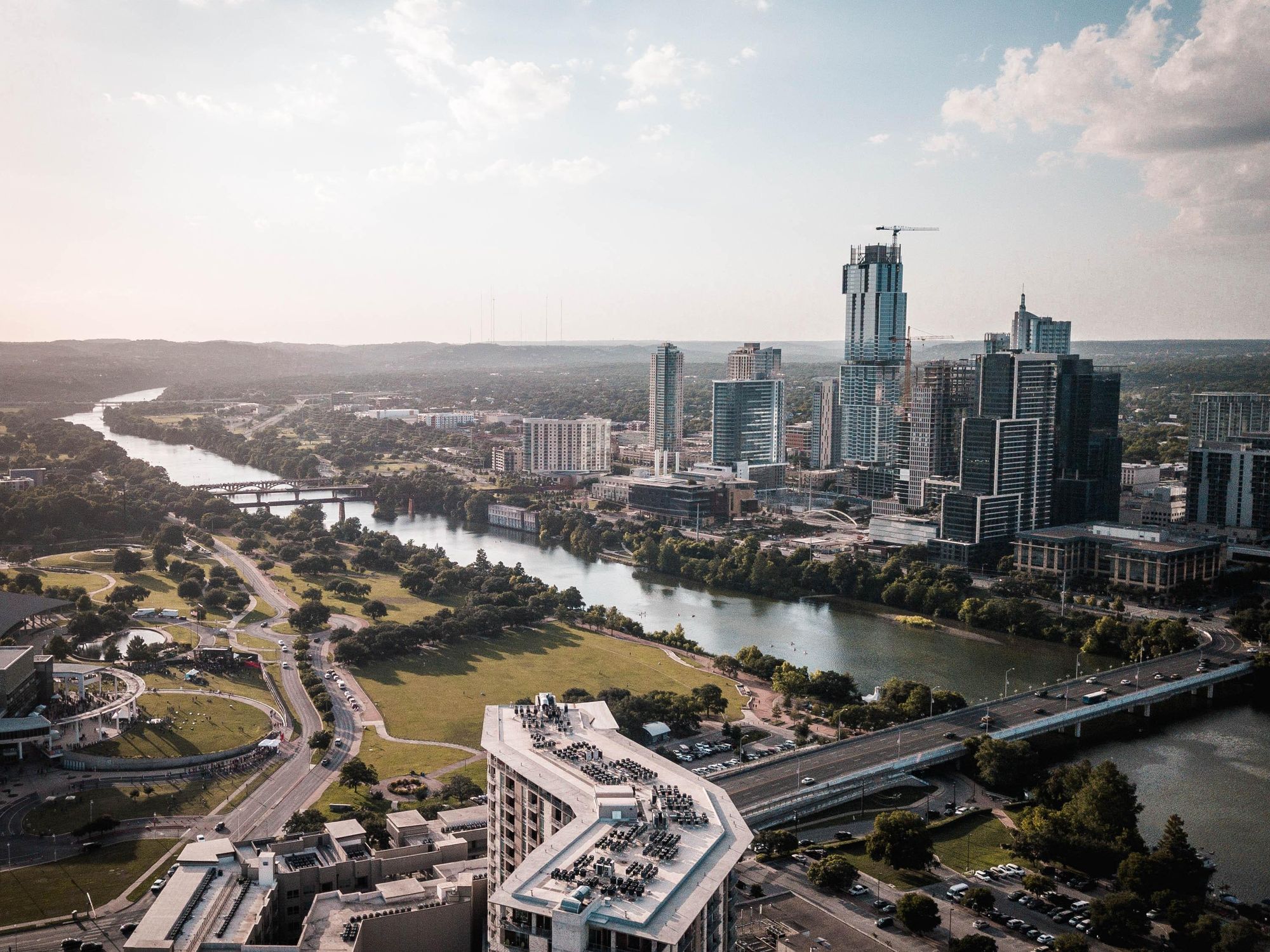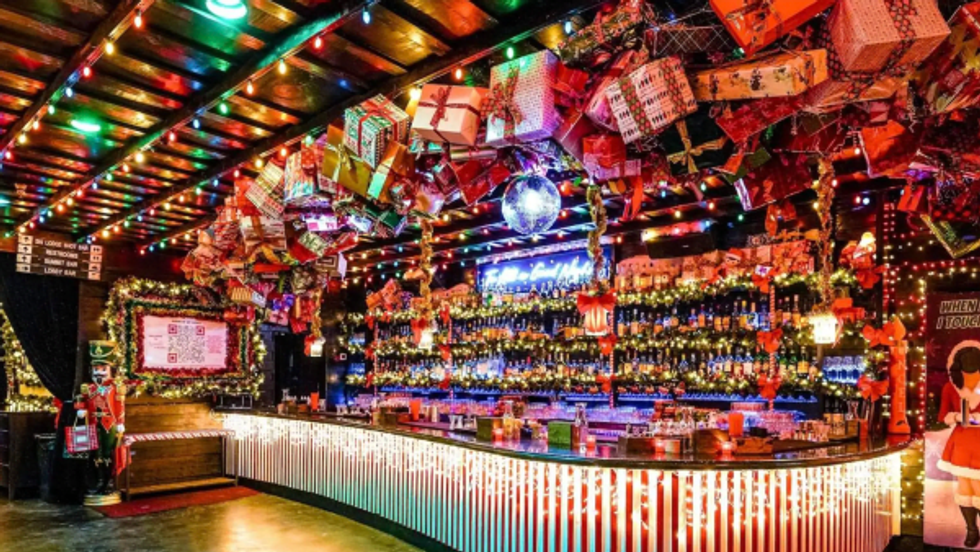update from the band
10 takeaways from the Greater Austin Music Census

The 2022 census showed greater diversity than its predecessor in 2014, although qualitative views are still skewed toward one dominant group.
In July of 2022, the Greater Austin Music Census called out to industry professionals and Austinites answered — that is, 2,260 of them, anyway. This was the first major data collection since 2014, and responses dropped from the 3,968 of the previous study.
The 2023 study attributes this more selective response to “survey fatigue” from the pandemic, among other factors, but notes that it still achieved good diversity. The completion rate, or amount of the survey filled, was well beyond the industry standard (71 percent compared to 42), further indicating more quality than quantity in this round of responses.
“Having this data gives us insights into what we are doing right in Austin for our music sector as well as areas for improvement,” said local musician Nagavalli Medicharla in a press release. Medicharla is the Board Chair for EQ Austin, one of the partners in conducting the census. “We are grateful that the music community came together to represent the diverse voices of our city and look forward to any positive shifts that may arise in the local industry with this new data set.”
Using this data, especially in comparison with that of 2014, the census produced 10 main takeaways:
1: “In the composition of our ecosystem, music creatives are increasing.” The study was open to anyone with a tangential involvement in the music industry. (Yours truly took the survey as someone who writes about music.) This time, it found that creatives represented a greater share of respondents as compared to venues and other industry professionals, including recording engineers as the largest category (43 percent), followed by marketing (31 percent), and production support (31 percent). There is overlap because many industry players occupy multiple roles.
2, 3, and 4: “Housing costs are both shrinking the ecosystem and pushing it outside central Austin,” and the dominance of downtown is shrinking slightly in favor of “satellite communities.” “The fastest growing areas for music people” are not in Austin. The study found that 38 percent of respondents struggle to afford housing, and recorded population decreases in a wide swath in the middle of Austin, when represented by zip code on a map. About a third of respondents indicated that they are considering leaving not just the city, but the Greater Austin area. Further, money is being made in increasingly wider circles, and the post-pandemic ecosystem is different for it. People are mostly expanding into San Marcos, Pflugerville, Manor, Buda, Bastrop, Round Rock, and Kyle.
5, 6, and 7: Identities are moving from the traditional norm with more “Black, Indigenous, and People Of Color (BIPOC)” respondents and fewer males “while females held steady.” “Fewer younger people are entering the industry, shrinking the industry overall.” The gap in gender (the share of men dropping from 71 percent to 62 percent) was filled by non-binary respondents as well as those who preferred not to share their gender or preferred a description that was not offered. The chart seems to indicate that there was not an option for respondents to select these non-male or female answers in 2014. The racial categories were better fleshed out in 2014, but this time added MENA (Middle Eastern or North African) to possible choices, garnering only 0.6 percent of the total. Although respondents were overwhelmingly white, Hispanic applicants and those who preferred not to answer were the next largest categories — both years significantly outnumbering Black participants. The largest age disparity was in the 25-to-39-year range, which dropped from nearly half of respondents, closer to a third, still remaining dominant.
8 and 9: The local scene is “interdependent, comprehensive, and synergistically strong” with “60 percent of [what creatives are annually spending on their craft] spent locally ($6,300).” Live gigs around town are still the most important source of income for creatives, but most respondents had multiple streams. Not only did responses indicate more diverse incomes since 2014, they also reported doing better in all but one category: ironically, live gigs, specifically on the road. The simple majority of respondents are playing one to three paid shows per month, which has stayed about steady, although the study did conclude that the number of paid local shows has dropped off overall, mostly represented by those more active in the live scene.
10: “The community is more positive than negative about most adjective pairs tested.” Respondents were asked to view pairs of opposite adjectives (e.g. “hostile/friendly") and decide to what extent they thought each applied. The most strongly positive response showed that people thought the community is not homophobic, while the most negative showed that most people think the community is elitist. In some cases, like the issue of homophobia, a large percentage of respondents (72.5 percent heterosexual) may be overly optimistic due to being unskilled at recognizing signs of a problem. A breakdown of the “sexist/non-sexist pair” shows that, predictably, women found the scene more sexist than men did. Similarly, those without health insurance found the scene to be most elitist.
Although most studies of the music industry — in Austin or elsewhere — will overwhelmingly be skewed toward the opinions of white male players, this collaborative breakdown offers insight into more diverse needs than its predecessor. Given the prevalence of housing concerns, it also centers an issue that carries implications for the actual landscape of the Live Music Capital.
More information about the discoveries listed above, plus more regarding healthcare and opinions on industry practices, is available at austinmusiccensus.org.



